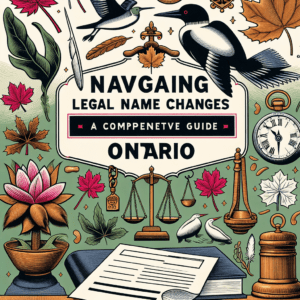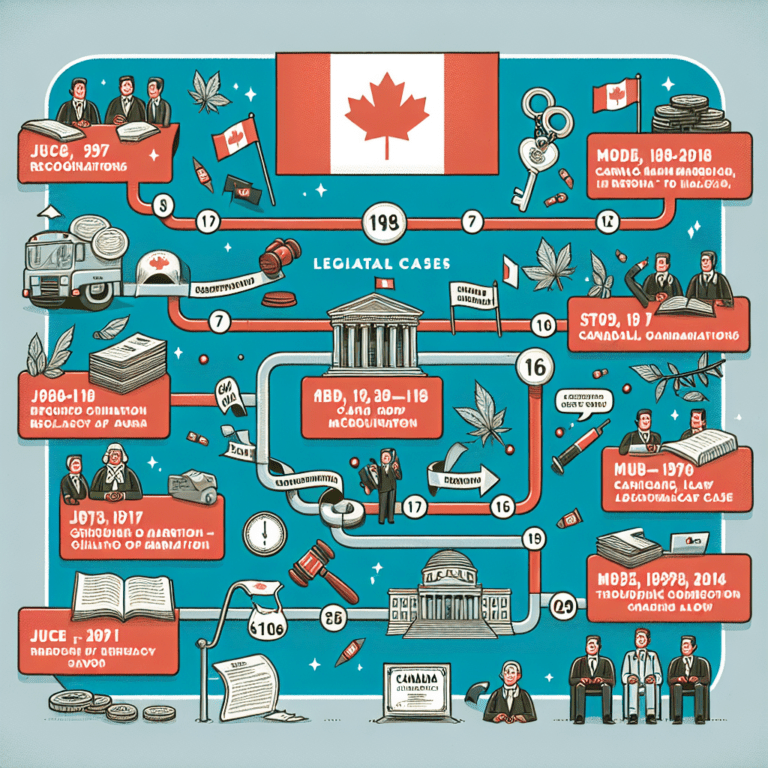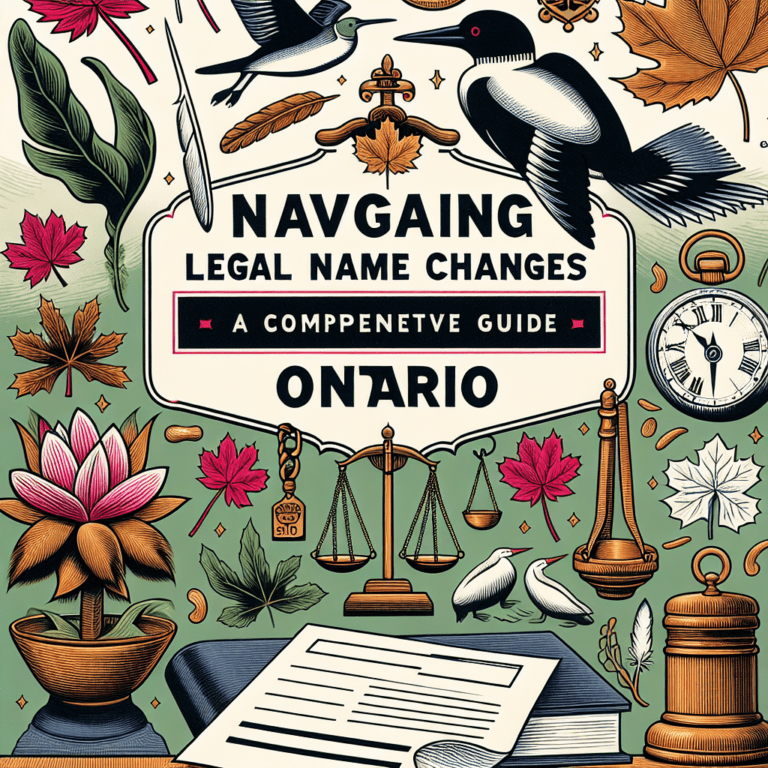===INTRO:===
In 2024, Canadian immigration law reforms mark a transformative period for prospective immigrants, addressing long-standing barriers while streamlining processes to attract global talent. If you’ve ever felt overwhelmed by the complexities of immigration pathways, you’re not alone. Many individuals wrestling with the intricate legal frameworks often find themselves frustrated and unsure of their next steps. These reforms are designed to alleviate those concerns and revolutionize the immigration experience in Canada. This article provides an in-depth overview of the Canadian immigration law reforms 2024 and their implications for immigration policies and processes.
Key Changes in Canadian Immigration Law: 2024 Overview
The 2024 reforms introduce several groundbreaking changes aimed at modernizing Canada’s immigration system. One significant adjustment is the introduction of a points-based system that prioritizes skill sets and labor market needs over traditional family reunification criteria. This shift is a strategic move to meet labor shortages in various sectors, from technology to healthcare, ensuring that Canada remains competitive in a global market increasingly reliant on skilled labor. By targeting high-demand professions, Canada’s immigration framework not only enhances economic growth but also responds to the evolving dynamics of the job market.
Another pivotal reform involves the expansion of pathways for international students and skilled workers. The government has recognized the value that students bring, not only as learners but as future contributors to the economy. Enhanced transition pathways will allow international graduates to secure permanent residency more seamlessly, addressing the retention issues that have plagued Canada in the past. This initiative underscores a proactive approach, encouraging a diverse pool of talent to remain and thrive within Canadian borders.
Moreover, the 2024 reforms aim to streamline application processes through digitalization. Applicants can now expect a more user-friendly online platform that accelerates processing times and reduces bureaucratic overhead. This modernization includes centralized systems for tracking application statuses and a more transparent decision-making process. By embracing technology, Canada is not just simplifying immigration processes but also enhancing user experiences, making the journey to residency less daunting for newcomers.
Impact of 2024 Reforms on Immigration Policies and Processes
The ramifications of these reforms extend deeply into the fabric of Canadian immigration policies. One immediate effect is the increased emphasis on attracting highly skilled immigrants who can fill gaps in the labor market. This strategic pivot aims to enhance Canada’s economic resilience, allowing for quicker adjustments to emerging trends and demands. With a greater focus on expertise and qualifications, employers are likely to find it easier to recruit talent, ultimately benefiting Canada’s workforce and economy at large.
Moreover, the reforms are set to reshape the demographic landscape of Canada. By prioritizing skilled workers and international students, the country is likely to see an influx of younger, highly educated individuals who contribute to innovation and cultural diversity. This demographic shift not only enriches Canadian society but also ensures sustained economic growth. As these newcomers settle in, their unique perspectives and skills create vibrant communities that enhance the richness of Canadian culture.
Another significant consequence of the 2024 reforms revolves around inclusivity and fairness. The government has taken strides to address previous criticisms regarding the immigration process, with a focus on ensuring that marginalized groups find accessible pathways. By implementing measures such as targeted outreach and support programs, the reforms promise to create a more equitable environment for all prospective immigrants. This approach not only reflects Canada’s values of diversity and inclusion but also strengthens the country’s social fabric in a meaningful way.
===OUTRO:===
As we navigate 2024, the landscape of Canadian immigration is undergoing a seismic shift that promises to benefit both newcomers and the economy alike. These reforms are not merely regulatory changes; they represent a comprehensive strategy to reimagine how Canada engages with the world. If you are considering immigrating to Canada, understanding these nuanced changes is essential for making informed decisions. As you explore your options, remember that Canada is opening its doors wider than ever before, inviting you to be part of its dynamic future. For more insights and personalized guidance on your immigration journey, connect with professionals who specialize in navigating the revamped Canadian immigration landscape.
Navigating Legal Aid Options for Refugees in Canada 2024Exploring Human Rights Legal Support in Canada: 2024 InsightsNavigating Legal Support for Wrongful Termination in Canada 2024Relevant LinkRelevant LinkRelevant LinkUnderstanding LegalZoom Billing: Fees, Structure, and InsightsUnderstanding LegalZoom’s Basic Will: Key Features ExplainedUnderstanding LegalZoom’s Business Address Services ExplainedRelevant LinkRelevant LinkRelevant LinkUnderstanding Legal Self-Defense Weapons in CanadaUnderstanding Legal Paper Size: Dimensions and Uses ExplainedNavigating Legal Name Changes in Ontario: A Comprehensive GuideRelevant LinkRelevant LinkRelevant Link



















